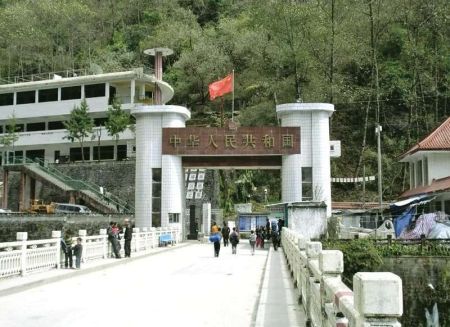--By Bikram Chitrakar
Nepal’s Capital Market set the history’s new high during the review period as positive sentiments towards banking stocks led all the sectors. The benchmark Nepse index touched 1200.92 adding 197.54 points in the review period while the session’s low was at the opening (23 July) with 1003.38.
The secondary market on 19 August 2015 breached the previous high level of 1175.38 (made on 31 Aug, 2008), and closed the day on 1191.92. It went further next day and settled at 1200.92.
The stock market went green soon after the Nepal Rastra Bank announced new Monetary Policy that requires banking and financial institutions to raise paid-up capital significantly within 2 years. Investors’ major attraction became banking shares with a hope of bonus and right shares to meet the new capital requirements.
Currently there are 29 commercial banks listed in Nepal Stock Exchange out which 25 banks are actively trading. Of them, 17 have booked profit above 20% within a month in their share prices, with Nepal SBI Bank topping the gainer’s chart by registering a monthly gain of 76.04%.
Similarly, Himalayan Bank, Everest Bank, Nepal Investment Bank, Standard Chartered Bank Nepal and Sanima Bank registered profit above 50%. Civil Bank, Janata Bank Nepal and Nepal Bank are the slowest movers who booked profit of 8.8%, 7.09% and 4.98% respectively.
Apart from the capital requirement, the implementation of share dematerialization (Demat) has also pushed the market. This caused low supply of shares as only a few investors have dematerialised their share certificates and thus availability of the demat shares is comparatively low.
Analyst views the recent market phenomena as completely new. Even the veterans with 25 years of experience might not have imagined how strong the big institutional investors were. However, the mutual funds have already started booking their profits leading to some correction.
During the review period, Rs 13.67 billion of turnover was realized from 85,047 transactions. Similarly, total turnover of stocks increased 36.89 times while market capitalization stands at Rs 1.23 trillion at the close of the period.
Performance by Sector
Commercial banks recorded double digit growth of 30.76% for the period. The others sector was 15.32% up while the manufacturing sector increased 13.69% with insurance sector close behind with 12.61% up followed by hotel sector that surged 9.58%. Finance sector moved higher by 4.07% while development bank went up 2.15%, and trading sector increased 1.79%. The sole loser for the review period was hydropower sector with 3.73% decline.
The accompanying diagram shows the sector-wise distribution based on total volume of trade. Majority of the volume has been dominated by commercial bank as 70.3% of total trade was booked by this sector. Besides, development bank and insurance sector shared 11.99% and 9.46% respectively. Rest of the portion was covered by remaining sectors.
Technically, Simple Moving Average (SMA) reflects the uptrend and overbought situation. Hence, frequent correction at this level is very likely. As per pivot calculation, the support levels are 1069.22 – 937.73 – 871.68 and resistance levels are 1266.76 – 1332.61 – 1398.48.
Chitrakar is a freelance Stock Analyst.






















